Ceramic Coating Isn’t Just for Paint: Don’t Forget Wheels, Glass, Trim & Leather
When people hear “ceramic coating,” they usually think of coating the body panels - the bonnet, doors, wings, etc. But a truly premium detailing job doesn’t stop there. For a car to look perfect and remain easy to maintain, every element should be protected. That means wheels, glass, trim, leather - and even fabrics.
In this blog, we’ll dig into each of those “extras” you might forget, explain why coating them matters, and share tips you can use to keep your car looking showroom-fresh. If you’re considering protection for a new car or used car, these additional coatings finish the job right. (You can see our new-car ceramic packages here, and used car options here)
Why Extend Coating Beyond the Body Panels?
Your bodywork might shine brilliantly under a ceramic coating, but the rest of the car - wheels spattered with brake dust, glass smeared in grime, faded rubber trim - can betray the rest of the finish. A single wheel covered in brake dust or dusty wheels in a dark arch will draw the eye away from your perfect paint.
Moreover, those components are often more vulnerable:
Wheels see heat, brake dust, tar, salt, and grit. All of which degrade finishes rapidly.
Glass and windshields get bug splatter, streaks, acid rain, and grime.
Trim, plastic & rubber parts fade, crack, and lose colour under UV.
Leather and fabric interiors suffer from spills, UV, wear, and staining.
Applying ceramic coating to these surfaces helps maintain not just appearance but also durability and ease of cleaning.
Coating Your Wheels: Shine + Protection
Wheels are arguably one of the hardest-working parts of a car. They face high heat, chemical contamination, road debris, and brake dust. Applying a wheel-specific ceramic or SiO₂ coating can:
Make brake dust and grime much easier to rinse off
Reduce the likelihood of corrosion or staining
Preserve the original finish (including polished, matte, or gloss wheels)
Without protection, wheels often turn into the “weak link” - no matter how perfect your paint is. Coating them ensures you’re not undercutting your bodywork investment.
Glass & Windows: Clear Vision, Cleaner Surface
Smudged mirrors or streaky windshields can quickly detract from a perfect paint job. Applying a glass ceramic coating gives:
Better water beading (so rain sheets off)
Easier removal of bugs and grime
Reduced effort when cleaning
Glass coatings are often low-thickness (to maintain clarity) but still help preserve your visibility and make cleaning less of a chore.
Trim, Plastic & Rubber: Keeping Accents Fresh
Exterior plastic trim, door jambs, rubber seals, and wheel arch liners often fade or dull faster than paint. A proper ceramic coating on trim restores the depth, protects against UV and oxidation, and makes those black plastics look black for longer.
It’s common for detailing packages to include a trim restorer, but combining that with a ceramic seal ensures that the “restored” look lasts, rather than fading in a few months.
Leather & Interior Surfaces: Comfort Meets Protection
Sometimes the “extras” are inside the car, not just outside. Leather seats, vinyl panels, and fabrics all benefit from protective coatings. There are dedicated leather ceramic coatings that bond with leather fibres, resisting staining, UV damage, and wear.
Coating leather doesn’t just make it easier to clean - it helps preserve the texture, colour, and suppleness over time. For a high-end car, the interior is part of the package; protecting it with a coating shows you’ve thought of every detail.
How These Extras Elevate Your Full Ceramic Program
A full-body ceramic coat looks stunning - but when everything else is coated to match, the effect is sublime. The shine from body panels reflects off glass, frames, wheels, and trim, tying everything together.
Think of the extras as the “accent coating” that makes your car look cohesive. It’s one thing to protect paint, but it’s another to protect everything else, so nothing undermines the overall finish.
Tips for Maintenance & Avoiding Mistakes
Even with coating, maintenance matters. Here are some tips and pitfalls to avoid:
Use gentle, pH-neutral shampoo when washing - harsh detergents can degrade coatings.
Don’t use abrasive brushes or dirty cloths on coated surfaces, especially wheels with hard contaminants.
On glass, avoid strong ammonia-based cleaners that strip coatings.
For interiors, clean spills quickly - coatings slow penetration, but don’t make surfaces invincible.
When done right, coatings reduce your workload - but they don’t eliminate the need for care.
When to Upgrade to Full Coating
If you already have your paint coated or plan to, consider upgrading to full protection, including wheels, glass, trim, and interior surfaces. These extras are often added at a relatively small incremental cost compared to your body coating - but the return is enhanced durability, consistency, and resale presentation.
If you’re looking at new car ceramic coating or used car ceramic packages, be sure to ask about coating the extras too. A truly premium detailing solution doesn’t skip them.
Final Thoughts
A ceramic coat only on the paint is excellent, but coating all the extra surfaces is what takes your car from good to gallery-level. Wheels, glass, trim, and interior surfaces each have their own unique challenges and contaminate or washing methods. By treating them with dedicated coatings, you ensure every angle and detail is protected, easier to maintain, and cohesive in appearance.
As you plan your vehicle’s protection or upgrade packages, don’t forget these often-overlooked areas. They can make the difference between “wow, that car looks clean” and “wow, that car looks perfect.”




